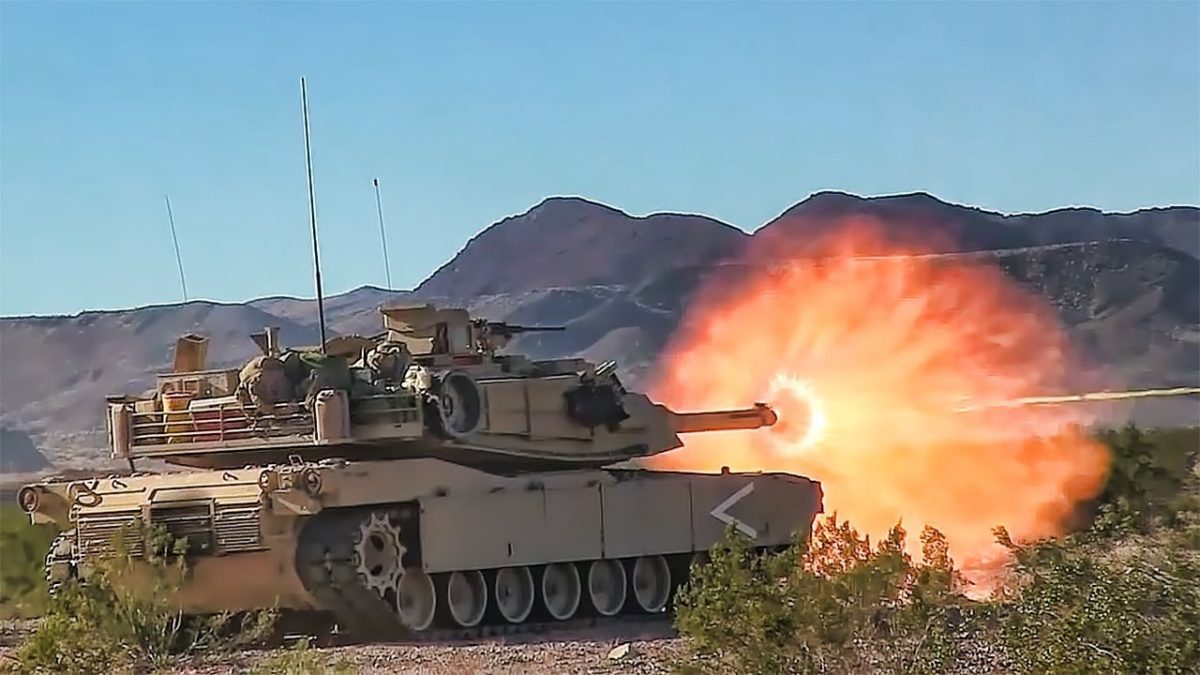An Army tank company comprised of 14 tanks rolls across the uneven terrain, all tanks scanning their assigned sectors of fire. They take up an enormous amount of real estate, not simply because of the sheer size of the vehicles but because of the necessary spacing between them. This spacing keeps the tanks far enough apart that a single enemy round is less likely to disable or destroy multiple tanks.
There is one company commander, who is positioned near the center of the company as it moves. Suddenly, one of the tanks on the right is in contact – meaning it is now in a firefight with an enemy element. That part of the formation is now the most dangerous place to be, and the commander is far away from the action. Simple logic says that the commander stays clear of the gunfire and assesses the situation from where he is, which might be the right call in certain circumstances. More often than not, however, the commander’s job is to move toward the tanks in contact so he can have an accurate picture of what’s going on. His job is not to maneuver the individual tanks – that’s the job of his subordinate leaders – but to assess the situation and decide if he needs to maneuver another tank platoon to develop the situation or take action in some other way. Moving towards the sound of 120mm cannon fire is probably the least safe alternative, but it’s where the commander has to be. The leader should not get involved in the minutiae in such a way that they get in the way of their subordinate leaders, but a leader must go to the sound of the guns.
In a much less serious way, it’s equally important for a business leader to be close enough to the chaos to be able to know what’s going on and decide what needs to happen next. All leaders in business have had the feeling in the pit of their stomach when they learn of some problem or impending problem within the organization. Often, the easiest thing to do is to let the situation play itself out so they can learn what’s going on. Or the leader might ask around a bit to see what other people know and then ‘see what happens next’. Many years ago, a great leader named Dave Haas told me that when I suspect something bad is happening within my organization, my job is to dig until one of two things happens – either I discover what’s wrong or I discover that there is nothing wrong. But I must keep digging until one of those two things is proven correct.
To use another example from the corporate world, a leader steps into a cultural problem that has existed long before he/she ever arrived. Everyone knows that it’s a problem, but no one is willing to step into the fray – where the bullets are flying – and act. When action is necessary, the leader’s job is to act. Analysis and thought are certainly important steps, but that’s exactly what they are – steps. They are not ends in and of themselves, but tools the leader must use to make a correct call. Leadership is an action-oriented activity. Endless analysis, or analysis for the sake of itself, can seriously hamstring an organization. Moreover, analysis is often used as an excuse to NOT act – because we need to ‘further analyze the problem’ or because ‘we’re not sure what the effects of the decision will be’. The right thing to do is the right thing to do regardless of the consequences. Do not let the necessary analysis of a problem rob you of one of the most essential traits of a leader – the courage to do the right thing.
Solving problems, making difficult calls, or resolving conflict are all challenging things, no matter how much leadership experience you have. And you’ll get it wrong sometimes. But when challenging circumstances present themselves or when a crisis arises, the leader’s job is to be present – to go to the sound of the guns. Only by being present in the situation can the leader know what should happen next.
By Shane Walsh
Read Shane’s Hero Story:
Culture of Caring and Commitment to Excellence




